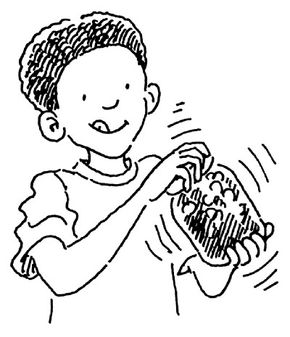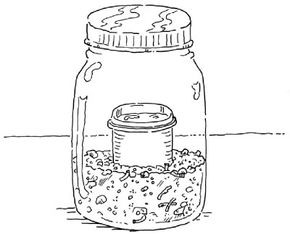Science projects for kids: soil experiments are great educational tools that keep children engaged and teach lasting lessons. Soil experiments teach kids about the environment through active participation.
These soil experiments for kids are inexpensive and easy science projects, perfect for a classroom lesson or summertime fun. Inspire kids to learn more about the earth with these innovative soil experiments.
Advertisement
On the following pages, you'll learn about science projects for kids: soil experiments that make ideal science projects for kids.
Teach kids how to examine different layers of soil with this science project. Dirt Discovery is a soil experiment that teaches kids how to separate layers of earth.
This easy science project for kids is both fun and productive. Find out how to grow a sweet potato plant without water in this soil experiment.
Get directions for a science experiment that teaches kids how to determine soil quality. Find out about the Lowdown on Dirt, an easy soil experiment.
Just how many plants can you grow without water? Find out when you perform Look Mom, No Dirt!
Learn how to find creatures that live in dirt using lime-water during this soil experiment. Read about this science project for kids.
Dirt Discovery encourages kids to shake it up and learn about soil composition. Make a Dirt Discovery on the next page of science projects for kids: soil experiments.
Looking for more science projects to do with your kids? Try:
Advertisement

